Reducing “Gaminess” in Game
Wednesday, January 24th, 2018This is Passport to Texas
If you take a pass when offered wild game and fish because you think it tastes funny…
Most wild game and fish, if it’s off-tasting, is ruined between the kill and the kitchen, and not in the kitchen, itself.
Susan Ebert is a hunter, angler, forager and cook; she wrote the book Field to Table, a guide to growing, procuring, and preparing seasonal foods—including wild proteins.
As good as the recipe might be, unless people know how to care for that game from the time it’s harvested, to the time that they’re ready to cook with it, they’re going to be disappointed with the results.
A clean kill, proper field dressing and getting everything on ice as soon as possible is vital. Once you have the meat at home…
Venison and wild duck—I will dry age those. Maybe 48 hours. Set them over a drip pan, on a rack. And let them just dry age in the refrigerator uncovered, with air circulating around them.
Ebert recommends brining rabbit and feral hog; brine can be as simple as sugar and salt dissolved in water.
Let that brine for a couple of days. Then, sear it over the grill and then either move it over indirect heat or put in it the smoker at a low temperature…
Until it is succulent. Find wild game and fish recipes on the Texas Parks and Wildlife website.
That’s our show for today… Funding provided in part by Ram Trucks. Guts. Glory. Ram
For Texas Parks and Wildlife…I’m Cecilia Nasti.
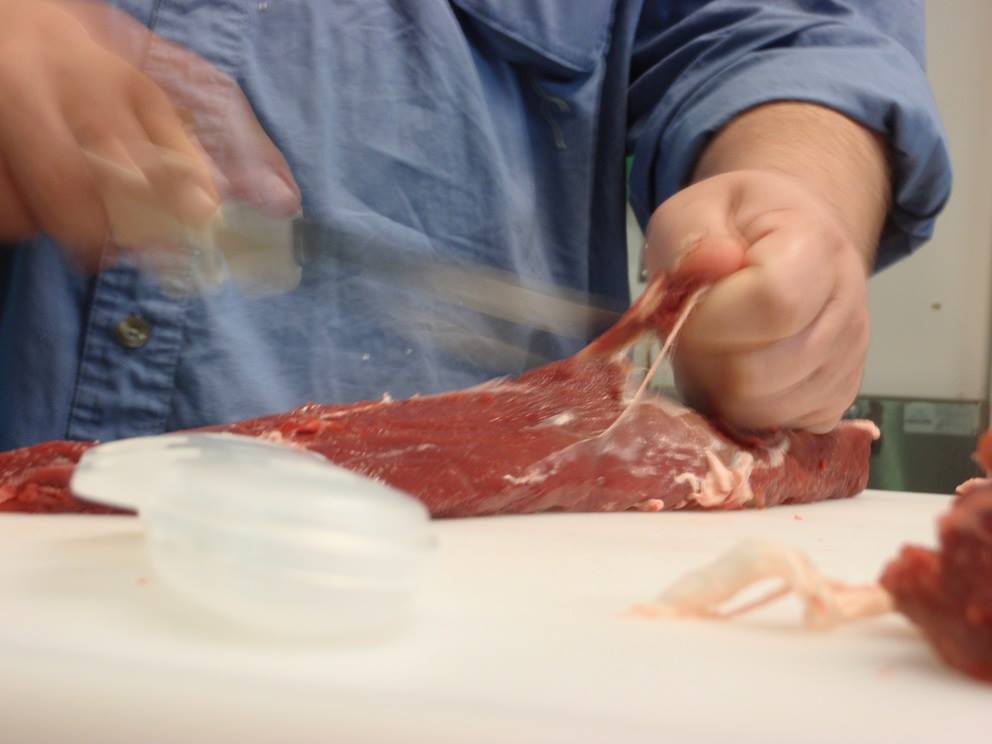

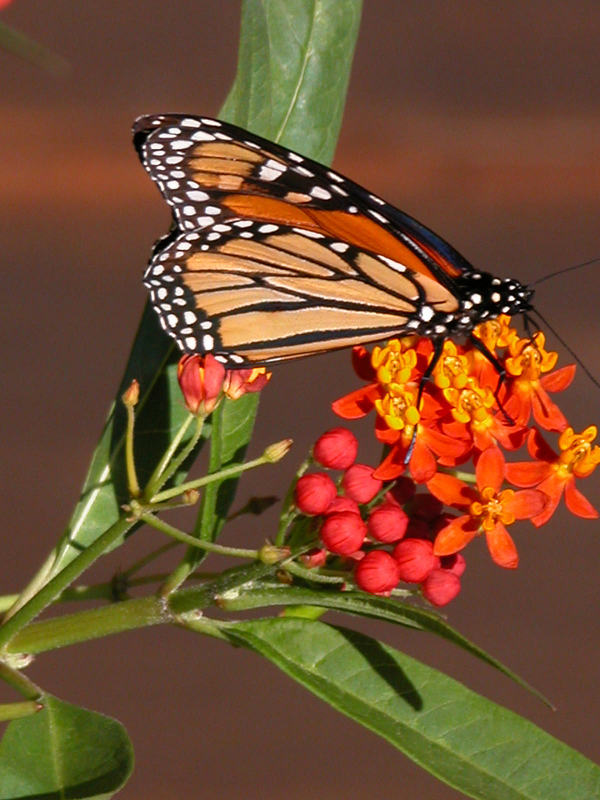
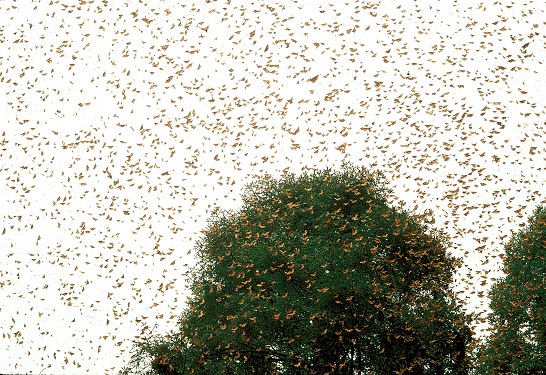
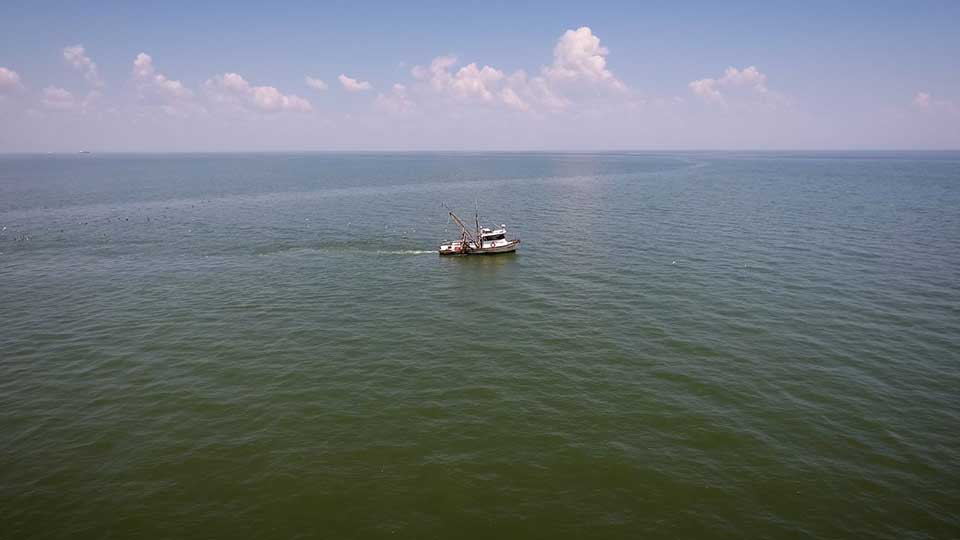
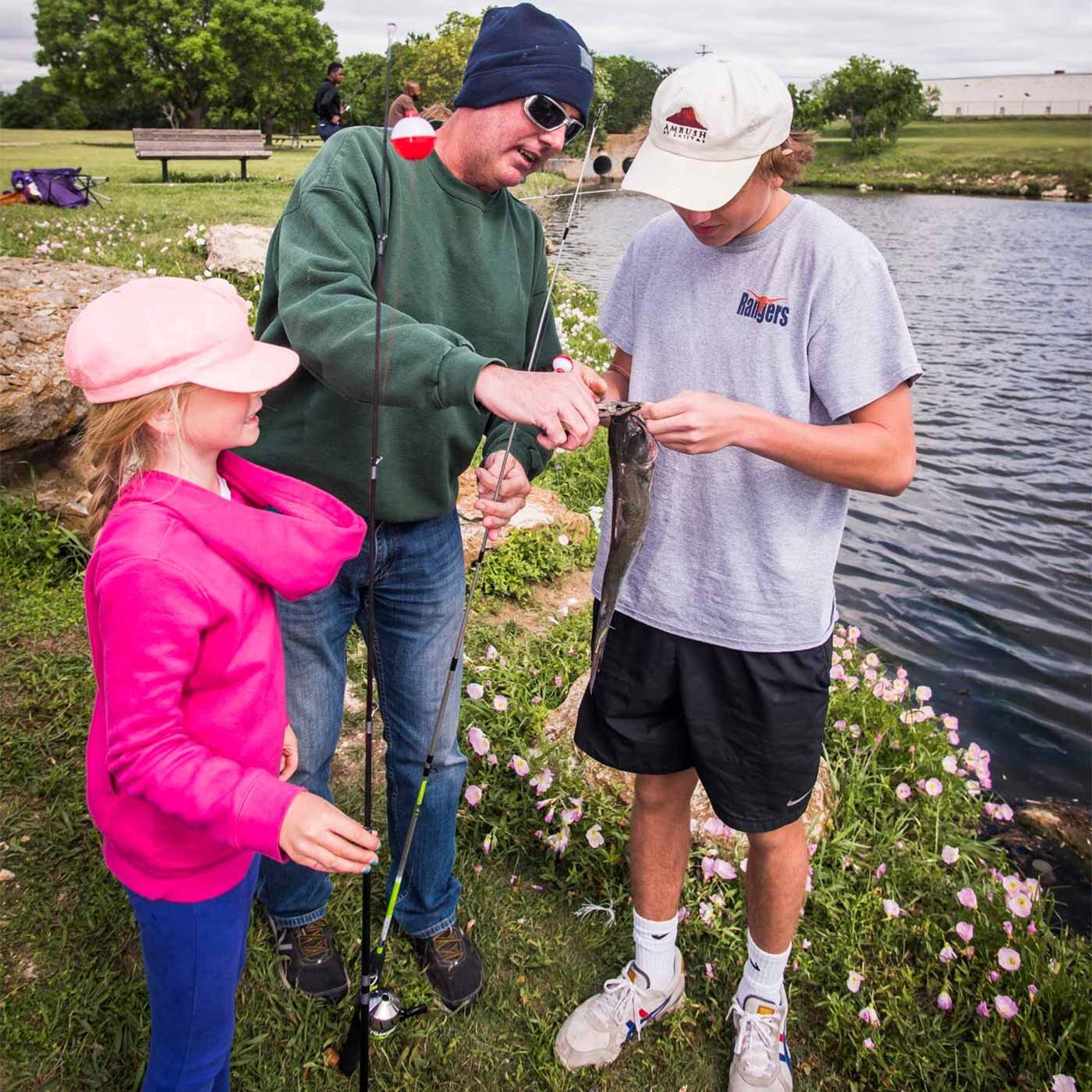

 Passport to Texas is a
Passport to Texas is a  Passport to Texas is made available by:
Passport to Texas is made available by: